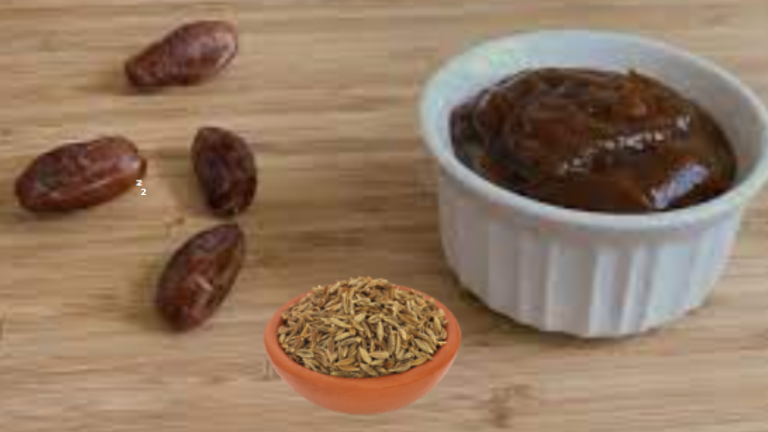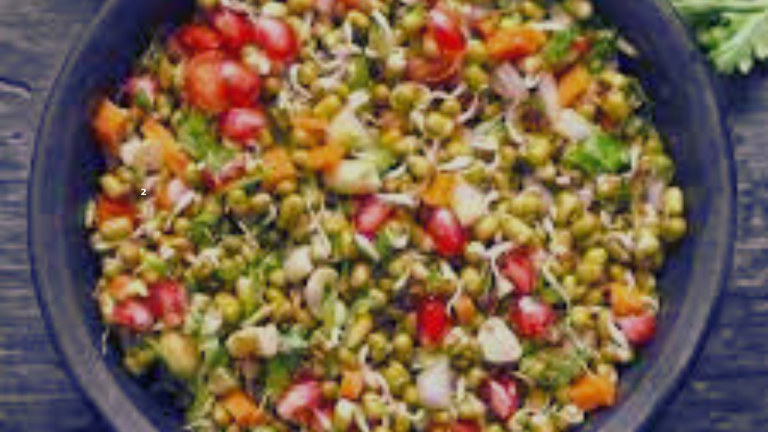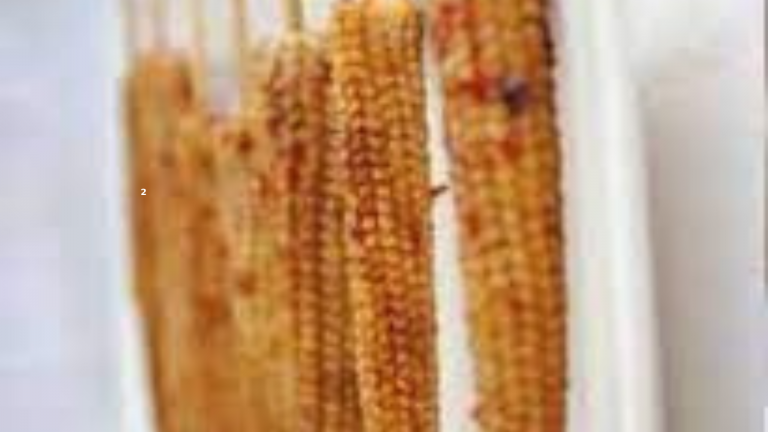Classic Vegetables Curry / Sabzi

Ingredients
Serves 2
- 500 gm seasonal veggies such as:
- Ridge Gourd (tori)
- Bottle Gourd (ghiya)
- Pointed Gourd (parwal)
- Round Gourd (tinda)
- Pumpkin (kaddu)
- Potato and fenugreek (aloo-methi)
- Potato and cauliflower (aloo-gobhi)
- Potato and Peas (aloo-matar)
- Potato and green beans (aloo-beans)
- Carrot and peas (gajar-matar)
- Cauliflower
Gravy
- 2 tomatoes
- 1/4 cup grated coconut
- 1 teaspoon rock salt
- 1 small green chili
- 1 teaspoon roasted cumin powder
- 1 teaspoon grated ginger
Method
- Choose any 1 or 2 seasonal vegetables, Soak in water for about 2 hours to reduce the impact of chemicals in the vegetables.
- Peel and chop the vegetables and place in a clay pot, along with some water, Close the lid and let them cook until soft.
- Meanwhile, prepare the gravy, place all the gravy ingredients in a small blender jar, and blend until smooth.
- Switch off the stove and combine the gravy with the vegetables. Cover with the lid, and let the gravy cook in the steam in the pot for 10 minutes. Top with lots of chopped coriander, and serve.
Note Do not re-heat sabzi after adding the gravy, Coconut and tomatoes should not be cooked directly on the flame.
Potential Benefits
- Nutrient-rich Vegetables: Seasonal vegetables are rich in vitamins, minerals, and fiber, providing essential nutrients for overall health.
- Hydration and Detoxification: Soaking vegetables may help reduce chemical residues, promoting a healthier meal.
- Clay Pot Cooking: Cooking in a clay pot can enhance the flavor and nutritional value of the food. It’s considered a healthier cooking method compared to some other materials.
- Coconut-based Gravy: Coconut is a good source of healthy fats and adds a rich flavor to the curry. It may contribute to satiety and provide antimicrobial benefits.
- Spices and Herbs: Ingredients like cumin, ginger, and coriander not only enhance flavor but also offer potential health benefits, including anti-inflammatory and digestive properties.
- Low Sodium: The recipe uses rock salt, which may be considered a healthier alternative to refined salt, potentially supporting heart health.
Remember that individual dietary needs and preferences vary, so it’s essential to tailor recipes to your specific requirements. This curry is likely to be a flavorful and nutritious addition to a balanced diet.
December 29, 2023
0



